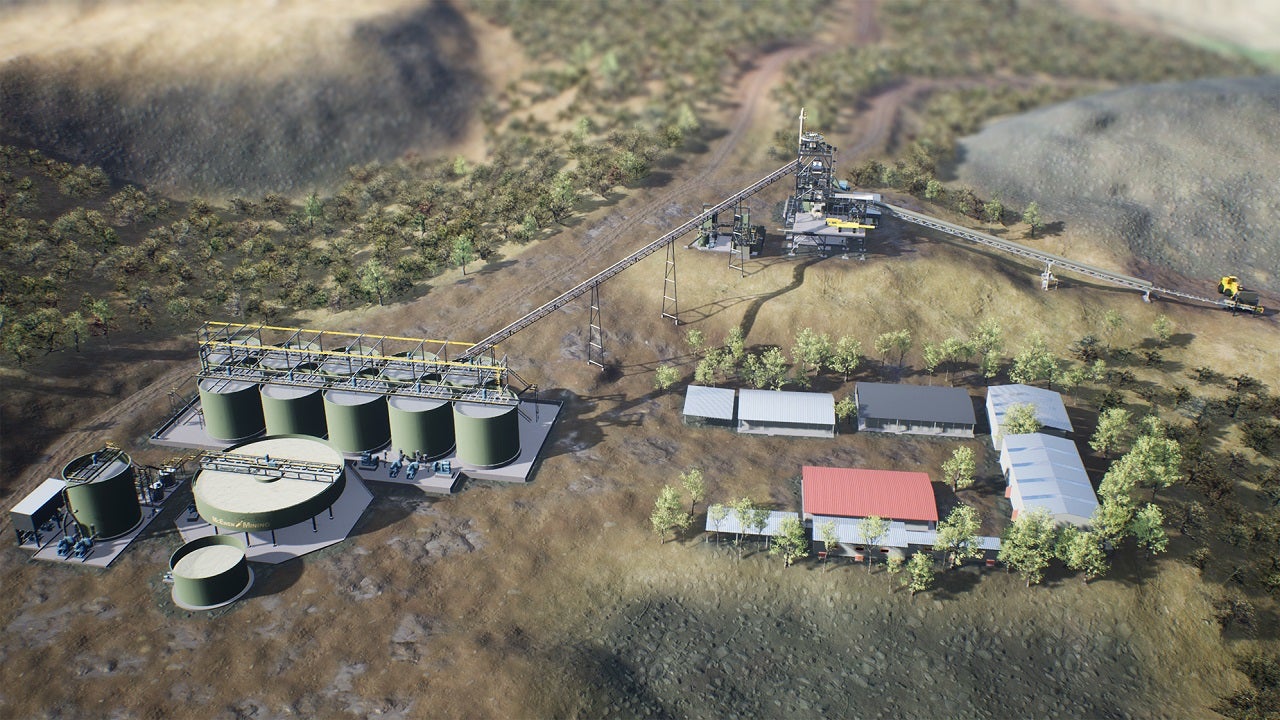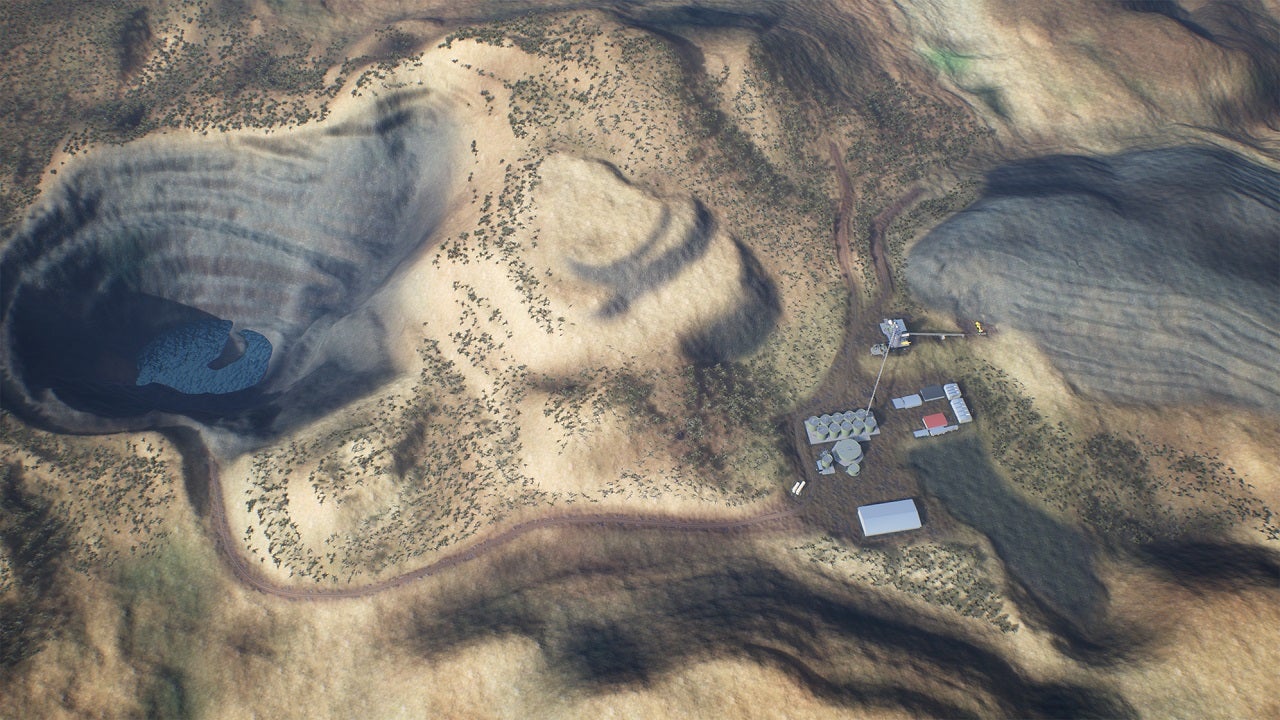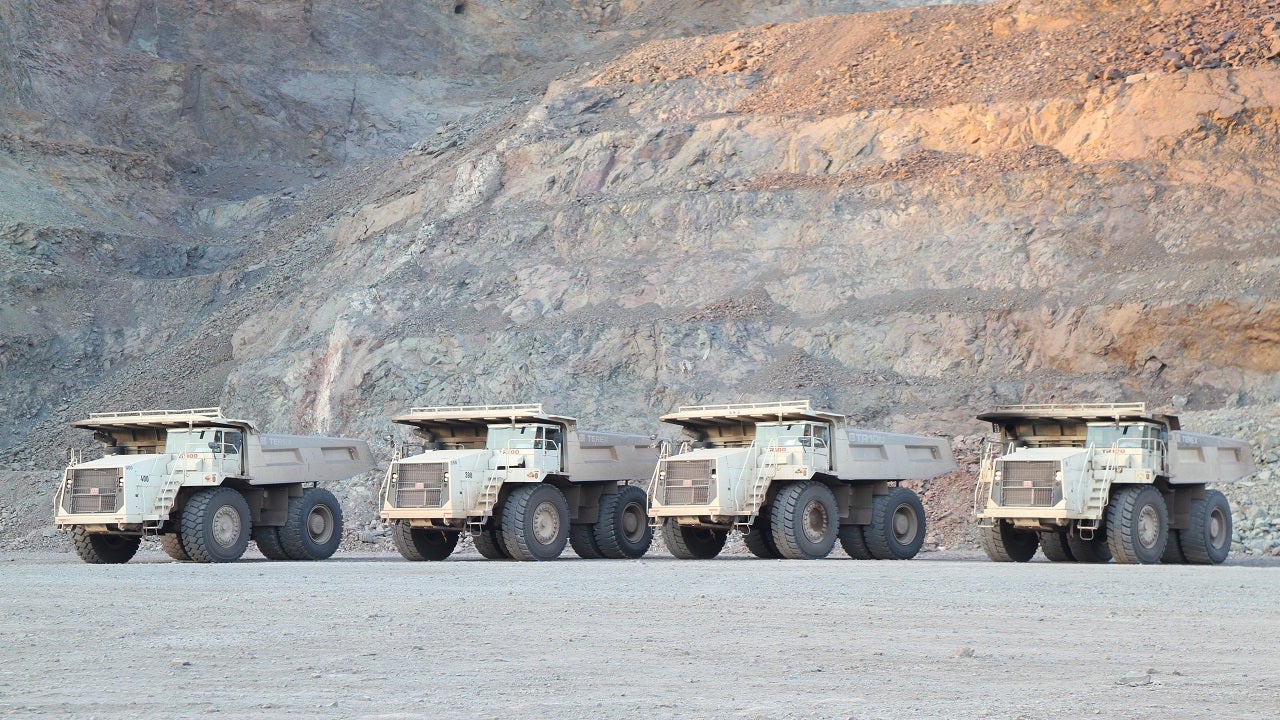The Fenix Project is a gold and silver mine in the state of Sinaloa, Mexico. It is fully owned by Canadian gold and silver mining company McEwen Mining.
The project represents a redevelopment of the company’s El Gallo mining complex, and will employ a sustainable tailings management plan and tap the potential to expand the production in the complex.
The two-phased project will be involved in gold production in the first phase (years one to six) and silver production in the second phase (years seven to 9.5). With a mine life of 9.5 years, the Fenix Project is anticipated to produce 26,000oz of gold in phase one and 4.2 million ounces (Moz) of silver in phase two.
Phase one of the project received the permit from Mexico’s Federal Environmental Authority (SEMARNAT) in September 2019. Feasibility study on the project was completed in December 2020.
Fenix project location
The Fenix Project is located in the municipality of Mocorito in northwestern Mexico.
The site is approximately 32km away from the village of Mocorito and 48km from the town of Guamuchil.
Geology and mineralisation at Fenix Project
The gold and silver project is situated within the Pie de la Sierra physiographic province, west of the Sierra Madre Occidental (SMO) mountain range. The area mainly contains a group of Late Cretaceous-Tertiary volcanic rocks in the SMO and the Sinaloa Batholith.
The property is dominated by volcanic rocks of the Lower Volcanic Series, while the rhyolitic and sedimentary rocks occur as subordinate entities.
The structural geology of the region is dominated by the north-west, east-northeast, north-east and north-south trending faults. The mineralisation at Encuentro South within the El Gallo complex is defined by structurally regulated, multi-event quartz breccias and stockwork zones within the andesitic rock package.
Reserves
The project is expected to contain proven and probable reserves of 14.5 million tonnes (Mt) graded at 41.19g/t of silver (Ag) and 0.44g/t of gold (Au).
Mining at Fenix Project
The Mexican mining project will combine mineralised material sources from five locations. The process plant will use conventional processing and recovery methods.
The project will specifically recover gold from the heap leach material from the El Gallo Gold heap leach operation during phase one, and silver mineralised feedstock from El Gallo Silver, Palmarito, El Encuentro, and Carrisalejo. It will employ conventional open-pit mining methods for all mining activities. In-situ material will be mined through rotary drilling of blast holes. Front-end loaders will perform loading and hauling while haul trucks will perform material extraction.
The heap leach material and stockpile reclaim will also be removed using front end loaders. The material from the El Gallo Silver will be transported to the Fenix plant using 80t-100t class haul trucks while heavy duty on-highway dump trucks will be used to transport the material from Palmarito and El Encuentro to the Fenix plant.
Phase one processing at Fenix Project
The processing facility of the project will be able to process material mined from several different deposits through multiple campaigns.
The processing infrastructure will be constructed at the existing El Gallo gold operations and will utilise some of the existing facilities.
The phase one mill will be located next to the heap leach pad. The material on the gold heap leach pad at El Gallo Gold will be reprocessed with a throughput rate of 5,000 tonnes per day (tpd) during the first phase.
The processing infrastructure in the first phase will include a conventional ball mill grinding and a hybrid carbon-in-leach (CIL) circuit, followed by elution, electrowinning and smelting to produce gold in the form of dorés.
The tailings solution will undergo cyanide detoxification using the SO2/Air process, and the detoxified tailings will be transported to a tailings storage facility situated within an existing mined-out open pit.
Phase two processing details
Phase two will involve the processing of fresh mineralised material from higher grade silver deposits at an average rate of 3,250tpd.
It will witness the modification of the process facility to facilitate the treatment of materials from the El Gallo Silver and other deposits. The second phase will employ conventional flotation technology and excessive leaching of concentrates with counter-current decantation (CCD) washing for recovery of solution for zinc precipitation using the Merrill Crowe silver and gold recovery method.
The CIL plant of phase one will be used for cyanide leaching of the flotation tailings to recover maximum amount of silver during phase two. The second phase will use the three-stage crushing plant at the existing El Gallo gold mine to prepare material for delivery to the grinding circuit.
Tailings infrastructure
The tailings produced will be stocked in a mined-out open pit at El Gallo Gold and the tailings deposition will incorporate a delivery system to maximise tailings consolidation and water recovery. The in-pit storage mechanism will enable safe and secure containment of tailings.
Contractors involved
GR Engineering Services prepared the feasibility study for the project. It defined the process and infrastructure facilities while also preparing the cost estimate.






